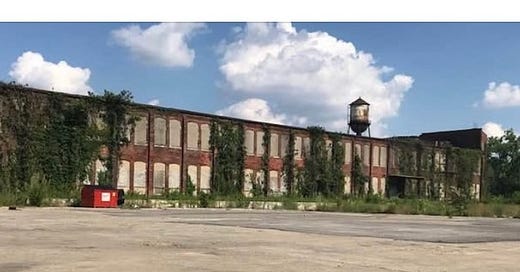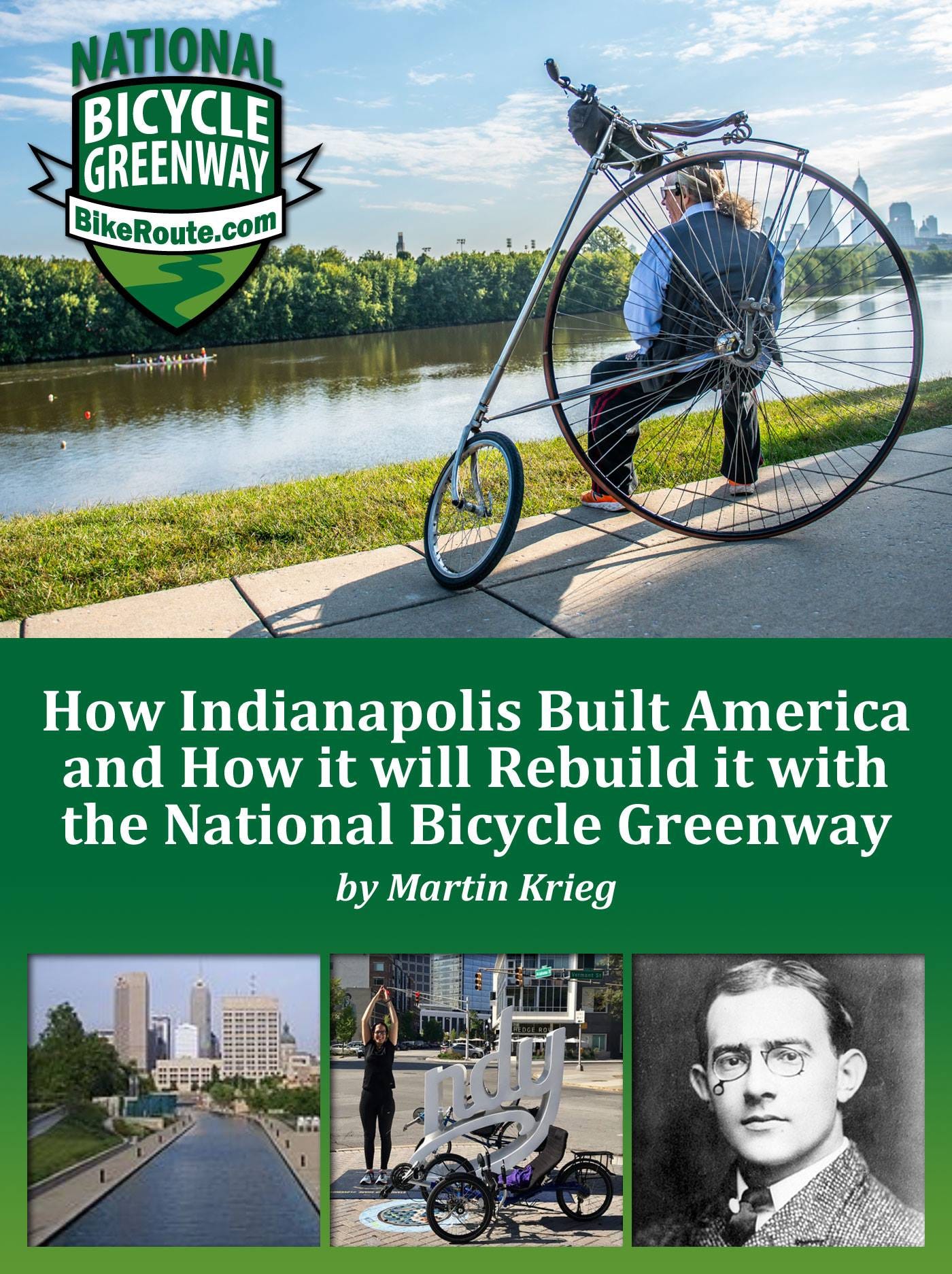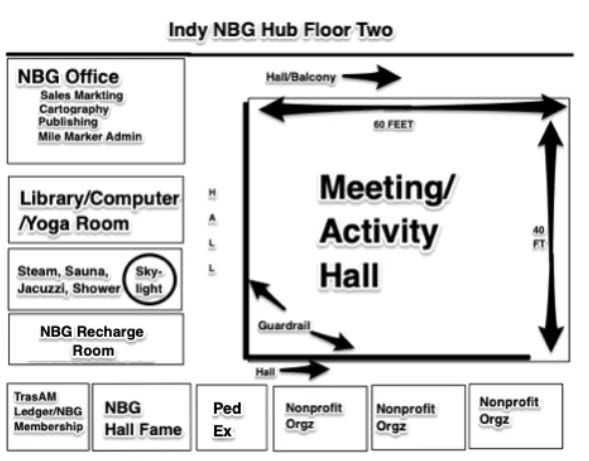Across the world class Monon Trail from the now vacant, Habitat for Humanity building on 22nd, stands the abandoned National Motor Vehicle factory of 1900. The oldest car manufacturing factory in the world, NMV was begun by Arthur Newby. Newby is also is the man who, on Christmas Day in 1890, started what was arguably the most important company in the world, the leader of the Industrial Revolution, Diamond Chain.
To help his friend who owned a bike shop., Carl Fisher, bring the much sought League of American Wheelmen meet to Indianapolis, Newby also constructed Newby Oval, a state of the art, lighted bike racing track on which Major Taylor raced. From Indianapolis, Taylor was once the most famous athlete in the world. As good friends, Newby and Fisher rode HiWheel bikes togegther in the Zig Zag bike club that Newby also started. Newby’s club, 200 members strong, was only open to HiWheel cyclists, the only bike of its day Newby also joined Fisher and two other wealthy businessman to help Fisher make his dream of the Indianapolis Motor Speedway real in 1909.
As for Carl Fisher, he was so important to the formation of the America we know today, that he is pictured on the front cover and got a whole CHAPTER in my book “How Indianapolis Built America”. Fisher was one of the most influential people to have ever walked the planet. Among his many, many achievements, Fisher was the driving force for the first road to cross a continent, the Lincoln Hwy, which ran from San Francisco to New York City. A man who rubbed elbows with US Presidents and most all of the great people of his day, he was also the man who built headlight factories all over Indianapolis and America to make it possible to drive a car at night.
In coming full circle, as the first NBG Hub, a resurrected NMV would bring the work two bike guys did at the turn of the last Century into the 21st-century. It would join with the first Downtown Greenway in the world, the Indianapolis Cultural Trail, less than two Car Free miles away. Such an alignment would make for a powerful symbiosis that would quite readily garner national, and international attention for the City of Indianapolis, for the Cultural Trail, for the National Bicycle Greenway and for cyclists everywhere.
It would inarguably establish Indianapolis as America’s top bike city. And in doing so it would make Indy known as a bicycle haven and not just a car racing capital. It would make Indianapolis a must visit city for cyclists from all over the world.
By default, Indianapolis would also be seen as a quality of life metropolis. It would be seen as a green purveyor of commerce. Besides being known as the home of the National Bicycle Greenway, this would attract many new businesses who would want to be seen as green by having Indianapolis as their home office address.
Turning NMV, a neglected eyesore, into an NBG Hub will be like a shot of adrenaline not only for its area but for the entire city as well. Nor will this be a busy center of excitement that only serves cyclists. Per our business plan, we are calling for a 2,400 square foot meeting hall capable of holding as many as 425 people. In all of our hubs, these will be designed to serve the public at large with yoga, tai chi, aerobic and other exercise groups as well as wedding receptions, business mixers, booksignings and lectures by adventurers and youth activities such as dances and the like all for the local community
Our being at this location will once again place Indianapolis on the vanguard of human mobility. With the National Road Bridge of 1834 that opened the West, to its once being known as the Railroad City of the West, to its building the first centralized railroad station in the world, to its once being home to the largest street car system in the world, Indianapolis went on to become the hi-tech center of the world with Diamond Chain and all of the industry it spawned. Indianapolis is also the origin of America’s first automobile, the CH Black of 1891. And it is the birthplace of the automobile industry, as well as the birthplace of the Lincoln Highway, the first coast to coast car highway.
Its roots are still in evidence today with the Stutz building and America’s first auto test track, the Indy 500 Motor Speedway, still the site of the most widely attended sporting event on the Planet. Located a block from the world renowned Indy Canal, a part of the Indianapolis Cultural Trail, before they closed in 1935, the prized Stutz, which made its name on the raceway, was the most advanced automobile in the world.
We can turn the abandoned National Motor Vehicle factory into an attractive meeting spot by celebrating its history as we step into the future of transportation. Along those lines, I hope you can see that Indianapolis has always led the transportation way for the rest of America to follow. Being located in the historic NMV building will allow us to keep the rich Indianapolis history alive as we honor the future of personal mobility.
Toward that end, we will dedicate a small part of this mammoth building to the giants we touched on above. Similar to how the not far away, 1898 Athenaeum honors its history with tastefully designed storyboards that describe the people of its past, we can do the same thing at NMV. It is such a huge space that we can even add a few antique cars and other memorabilia from the time of Newby, Fisher, Major Taylor and the other shakers and movers who impacted Indianapolis when it was, quite arguably, the richest city in America..
Locating the first of our NBG Hubs in the old National Motor Vehicle factory will make it easier for us to advance all the National Bicycle Greenway programs you can become familiar with at our TransAm Bikeway Substack page. The excitement this will create will make it easier for us to establish NBG Hubs in all 19 of our other NBG Anchor Cities. It will also show city leaders in these population centers the power of the bicycle to fully do a makeover of where they live, work and play once they build Downtown Greenways/NBG Hubs of their own.
HERE you can learn about our NBG Hubs.
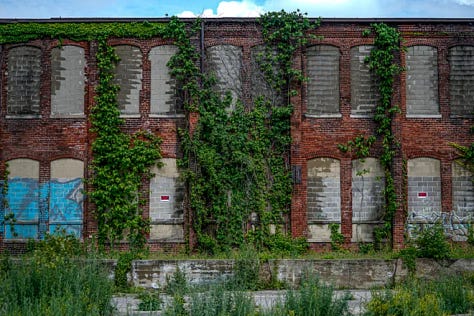
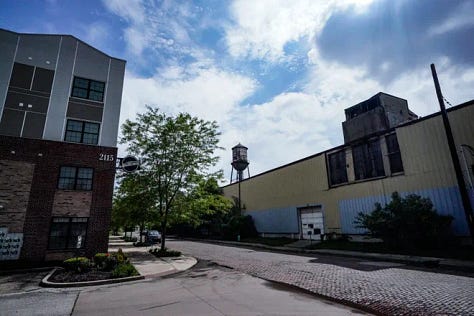
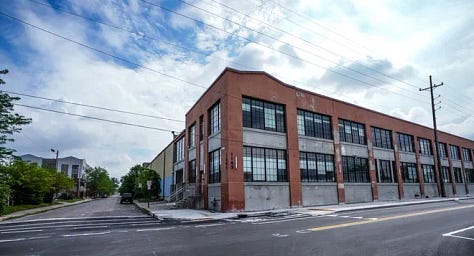
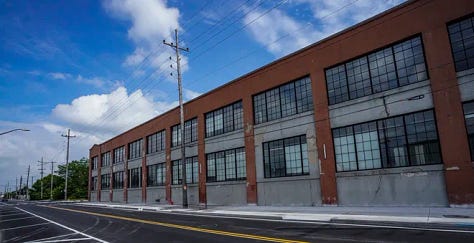


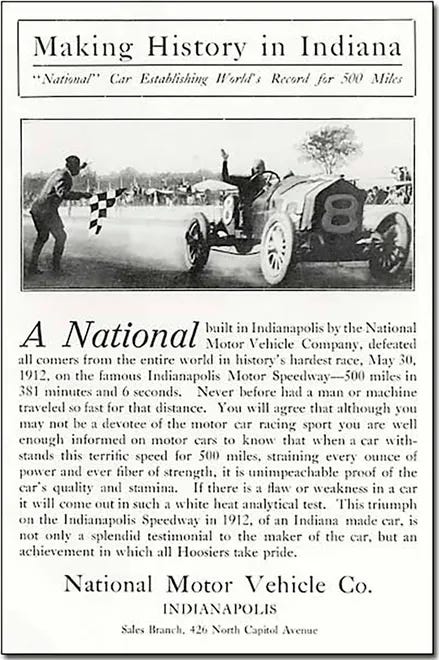
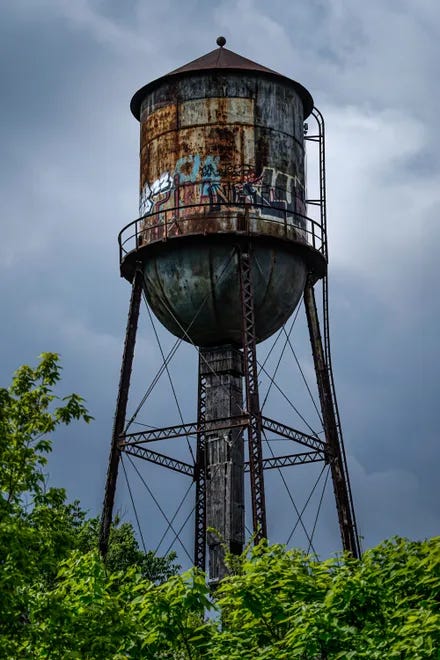
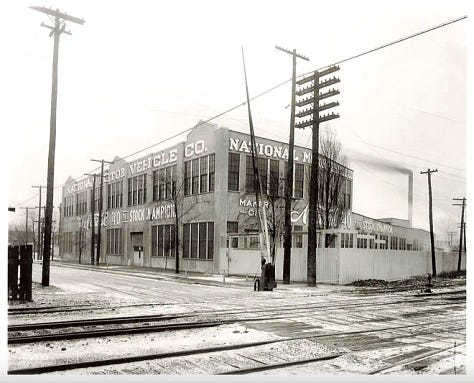
The National Motor Vehicle factory has been partially renovated to serve as home to the Indianapolis Academy of Excellence, the American Indian Center of Indiana and Iris Rosa Dance Studio

